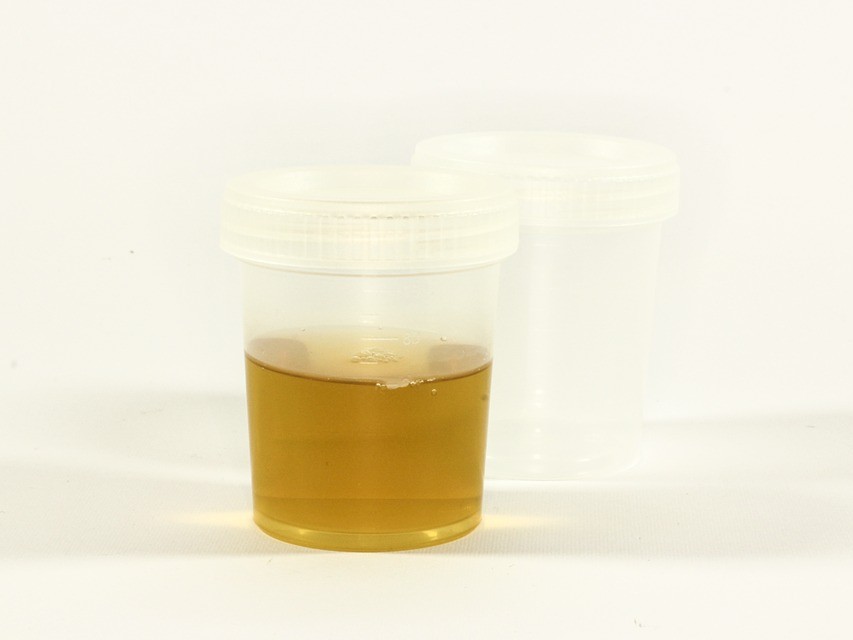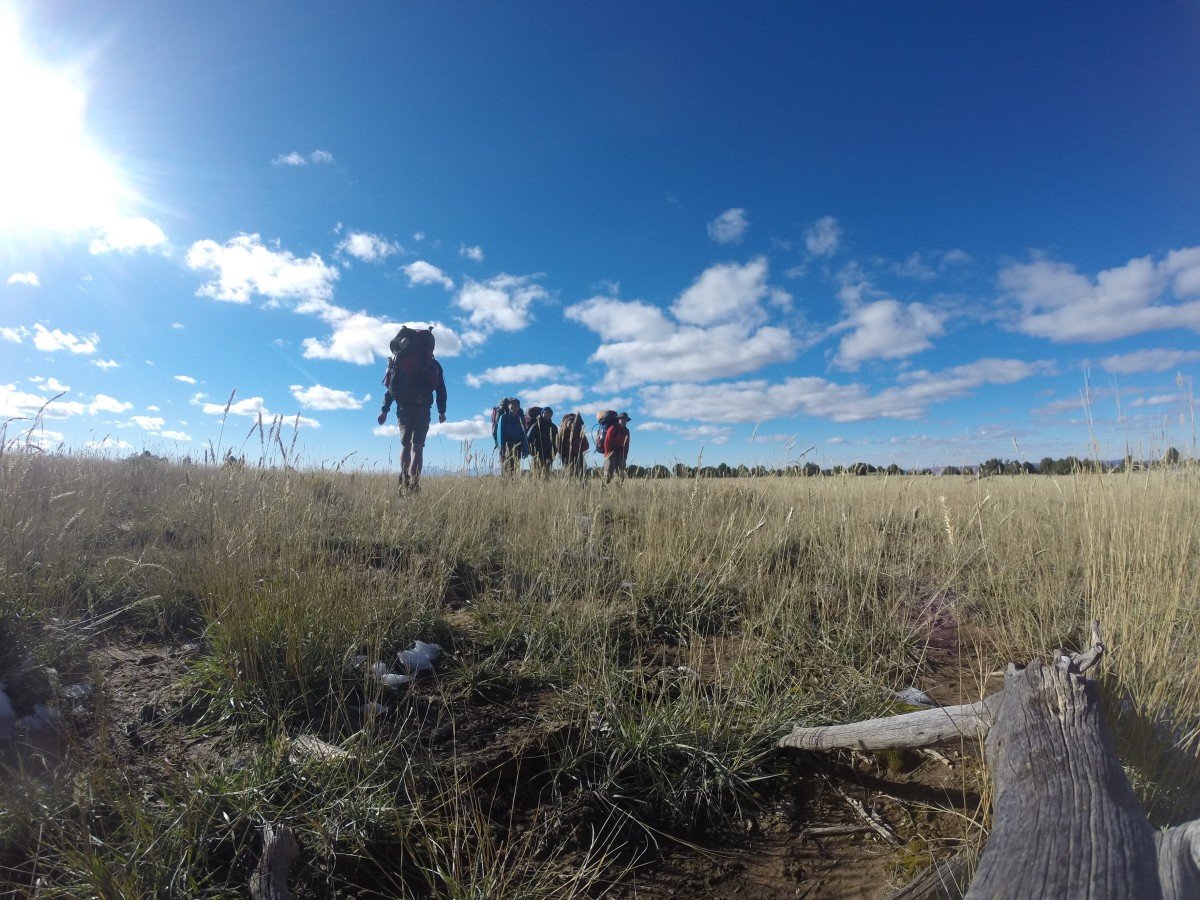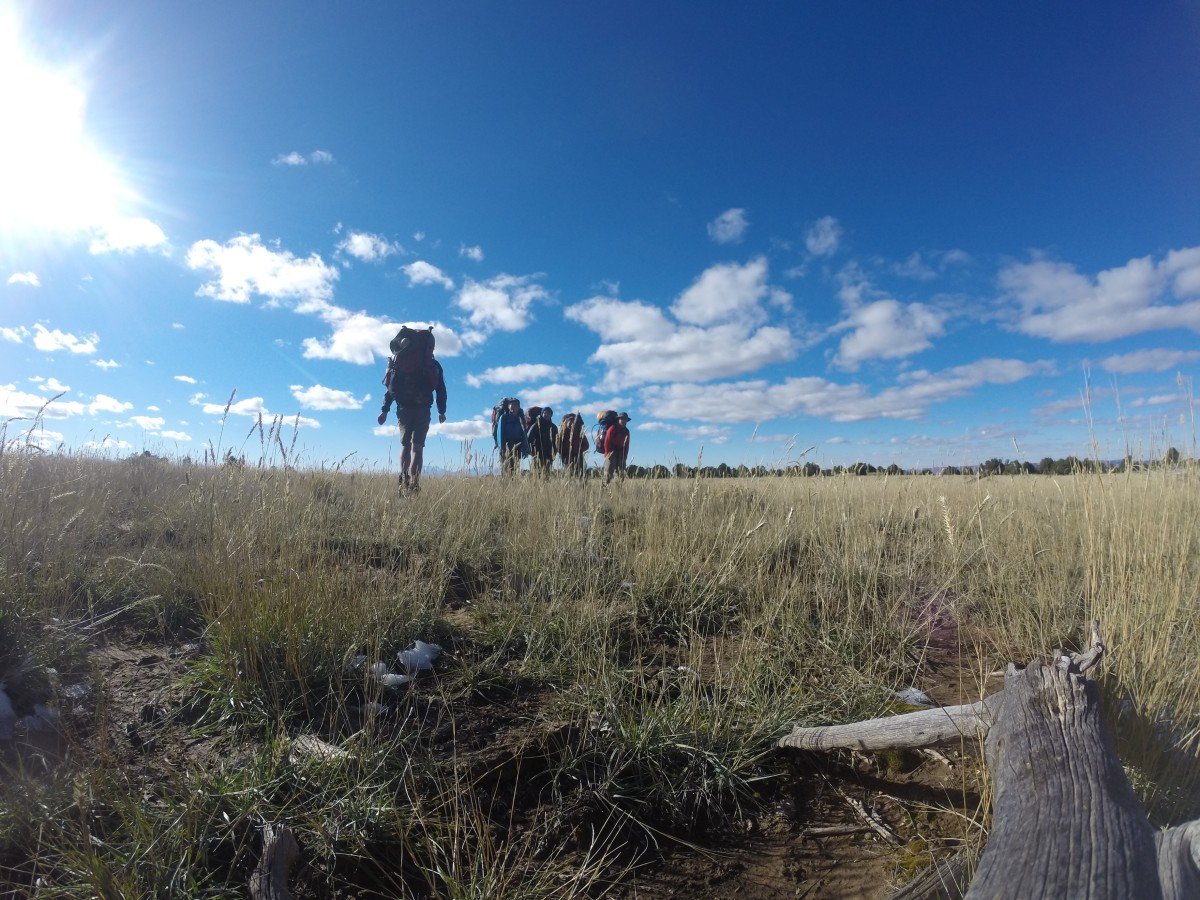
Rarely does a wilderness medicine class go by without someone asking about using urine as a wound irrigating solution, to cool hot people, and for who knows what else.
Urine on a patient is not the standard of care. Medical professionals would not support this action. Many consider it ineffective, unprofessional and creepy.
Let’s assume people would actually urinate into another container first. Then ask:
Is urine sterile?
Regardless of whether it is or is not, any doctor or nurse worth their pay would consider a wound doused with urine to be a dirty wound.
They would never say, "Hey, no big deal if the patient got pee on their wound. Urine is sterile."
Should you pee on a jellyfish or stingray sting?
This myth gained a boost in popularity after an episode of the television comedyFriends. The proposed value of urine is to prevent nematocysts (jellyfish) from discharging, but there is no evidence supporting this and in some cases urine can increase the nematocyst discharge rate.
Does urine help heal wounds?
No, urine does not help heal wounds.
Should you use urine to irrigate a wound?
NOLS suggests using a minimum of a half liter of liquid to irrigate a wound. That’s a lot of urine.
Plus, the urea in urine is an irritant. It may have worked to prevent wound infections during war and disaster by killing tissue on the wound edges (dark, thick urine was thought to be better than light urine). But why the urgency? Water works quite well to clean wounds. Why not wait for clean water?
Can urine be used to cool a hot person?
Urine is at least 98°F (37°C), often a few degrees warmer. Why would you put hot liquid on a heat stroke victim? (Here's how you should actually treat a heat illness patient.)
What about urine to cure athlete's foot?
It takes an anti-fungal to treat the fungal infection of athlete’s foot. Many myths are based on misused fact.
Here urea, present in urine and an inactive ingredient in some athlete’s foot treatments, is suggested to help the anti-fungal agent to penetrate deeper into the skin. It’s likely just an excuse to justify the bad habit of peeing in the shower.
How about consent?
You should be asking for consent before you perform any medical procedure, even first aid, on a patient. Imagine yourself asking “Hey, can I pour pee on you? It’s for your own good.”
As my colleague Ray Cramer said, “I hope this puts a stop to the stream of urine questions.”
Written By
Tod Schimelpfenig
As a NOLS Instructor since 1973 and a WEMT, volunteer EMT on ambulance and search and rescue squads since the 70s, Tod Schimelpfenig has extensive experience with wilderness risk management. He has used this valuable experience to conduct safety reviews as well as serve as the NOLS Risk Management Director for eight years, the NOLS Rocky Mountain Director for six years, and three years on the board of directors of the Wilderness Medical Society, where he received the WMS Warren Bowman Award for lifetime contribution to the field of wilderness medicine. Tod is the founder of the Wilderness Risk Manager’s Committee, has spoken at numerous conferences on pre-hospital and wilderness medicine, including the Australian National Conference on Risk Management in Outdoor Recreation, and has taught wilderness medicine around the world. He has written numerous articles on educational program, risk management and wilderness medicine topics, and currently reviews articles for the Journal of Wilderness and Environmental Medicine. Additionally, he is the author of NOLS Wilderness Medicine and co-author of Risk Management for Outdoor Leaders, as well as multiple articles regarding wilderness medicine. Tod is the retired curriculum director for NOLS Wilderness Medicine and is an active wilderness medicine instructor




